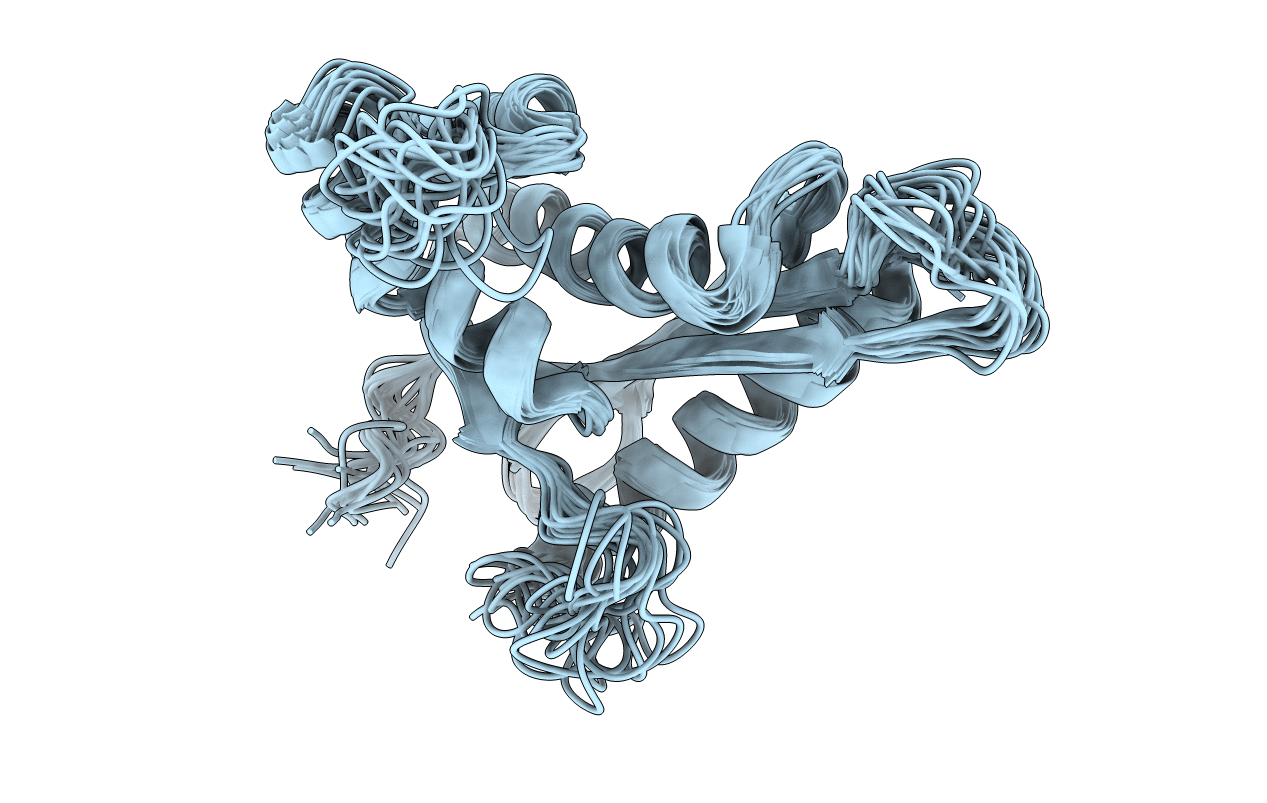
Deposition Date
2012-05-03
Release Date
2012-10-17
Last Version Date
2024-05-15
Entry Detail
Biological Source:
Source Organism:
Human spumaretrovirus (Taxon ID: 11963)
Host Organism:
Method Details:
Experimental Method:
Conformers Calculated:
120
Conformers Submitted:
19
Selection Criteria:
structures with the lowest energy


